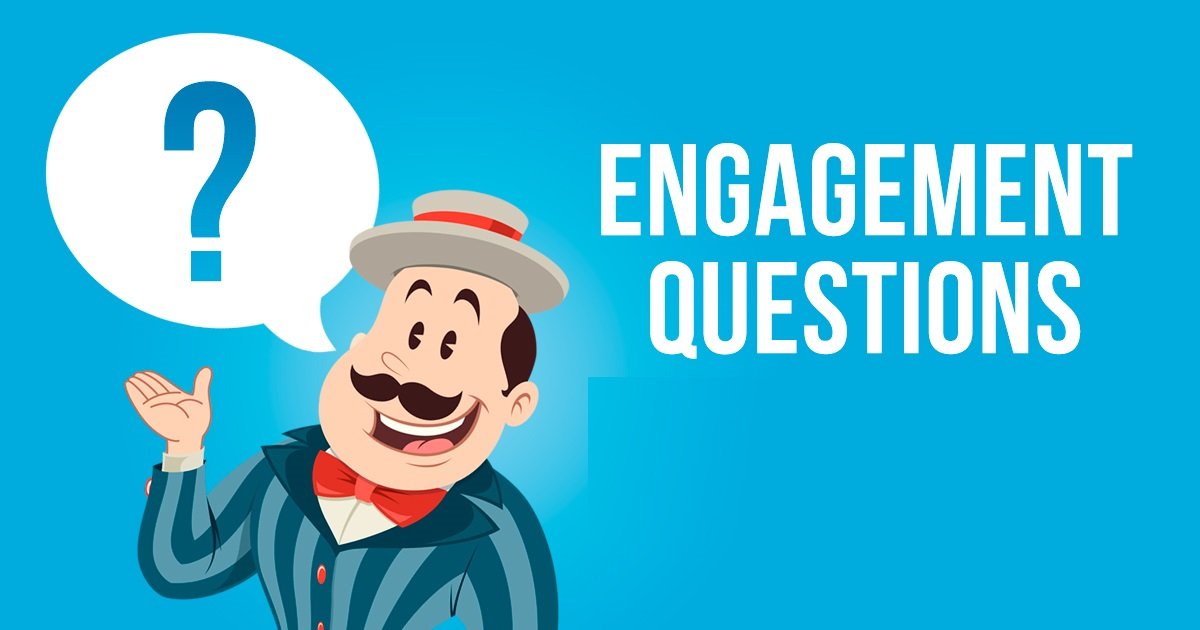- Joined
- Apr 12, 2019
- Messages
- 190
- Reaction score
- 25
- Points
- 63
Here's another quick guide, totaling 2,300 words.
A common question I receive (please stop from overusing my Skype) is regarding the formatting of Amazon buying guides. While I typically tailor my approach to match the client's preferred style, I have a general template that I use when given creative freedom. This template emphasizes search engine optimization (SEO), the reader's experience, and conversion.
Title:

Some Creative, Catchy Headline H1 - 5 Best "Product Type/Keyword" for Your "Workplace/Garage/Garden/Kitchen/..."
Examples:
The Five Finest Audio Headsets Shotgun - Listen to Quality Music Without Breaking the Bank!
Gardeners' Top 5 Picks for Lawn Aerators How to Grow Grass in One Cutting!
Just to clarify, I came up with those examples on the spot. Guys, don't be so harsh on the quality. Those titles aren't being sent out to clients by any means.
PPS: I tried to avoid "exposing" anyone's niche by only using extremely popular products. For the record, I can say that I have never been contracted to write about any of the aforementioned items.
This structure seems to work best in terms of click-through rate (CTR) when writing an SEO title:
SITE Recommends These 5 "Product Type/Keyword" for Your "Workplace/Garage/Garden/Kitchen/..."
Introduction:

Word count: between 100 and 200
Contrary to popular belief, the introduction is just as important as the reviews and buying guide themselves. This is the first thing your readers will see, and because it summarizes the entire piece, it will determine whether they continue reading or leave your site immediately. Here's what you can make use of in this section:
Brief Narrative
A Staggering Reality
Simple Reality
Ingenious Opening Remarks
Then, you can explain the category of product you're recommending and why your client really needs it. Keep it short and sweet. Do not kill your readers with boredom.
In the introduction, you can reference other relevant, high-quality resources (called "outbound links" in the SEO industry). I touched on a few of them in my other thread. If you really need to and can't find any other, non-competitive source, you can link to Wikipedia, but it's not something I recommend.
Analytical Table

After the comparison table is where you should put the table of contents.
Analyzing Products:
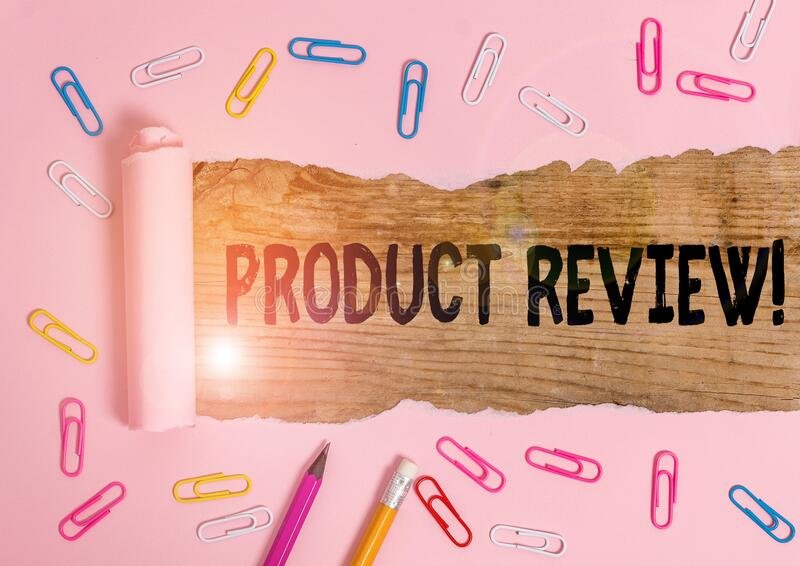
Word count per item: approximately 200-600 words, depending on target market.
For the sake of the reader, this is the most important part, so give it your all. Use H3 to highlight product names and include Amazon links.Heading 3: Product #1, Best in Class
Heading 3: Product 2: Top Pick for X Specifics
H3: The Best Option for Yet Another Function
H3: Product #4, Supreme in Its Third Attribute
H3: Product #5: The Low-Cost Option
For a pair of headphones, I recommend (using products from TechRadar) the following.Sony's WH-1000XM3 are the best headphones, period.
Top Wireless Headphones: Beyerdynamic Amiron
The Grado SR60e Are the Ultimate On-Ear Monitors
Best Over-Ear Headphones: Audio-Technica ATH-SR5BT
Best Affordable In-Ear Headphones: RHA S500u
The product reviews that I write follow this structure:
Title of Item (H3) 1.
(2)An Amazon Product Image of the Item
3Minor Preamble:
You need to hook the reader before diving into the details of the product's specifications and features. Branding, the product's unique selling proposition, the problems it helps consumers solve, etc. can all be discussed here.
Example:
Making sounds is one thing, but making them listenable is another, and Sony is a master at this. Having doubts? Check out Sony's "PRODUCT NAME," the headphones that will revolutionize your musical experience without breaking the bank.
4.Specifications and Features Extracted:
Use a consistent format when outlining the product's features and specifications so that readers can easily evaluate each suggestion. Be sure to highlight the most compelling aspect of each product, be it a unique quality, low price, long lifespan, etc.
Keep in mind that the reader is in this position to do some deciding and picking and choosing. If you don't differentiate and set apart the products, how in the world is he or she supposed to do that?
Highlight the most important gain for the user with each feature. "Another cool thing about (PRODUCT NAME) that I really like is (FEATURE), which can be very useful in case..."
Try not to jump to conclusions. You can go with a definitive statement like "This is defo the best headphone," or you can show some bias by saying something like "I really dig the "PRODUCT NAME" because" or "if you're looking for a full-blown budget device that won't break the bank, this can be the best headphone for you."
5.Short Conclusion: Here is where you'll convince the reader to purchase the product (based on price, style, performance, the presence or absence of a certain feature they seek, etc.). Include a brief summary of the product's main benefits and an explanation of why its drawbacks aren't deal breakers.
Example:
Overall, the "PRODUCT NAME" is an affordable device that will last a lifetime with proper maintenance, so I would recommend it to anyone looking to quickly expand their collection of headphones. While the bass may not be the best available, you certainly are getting your money's worth for the asking price.
6.H4 - Pros
Please highlight the product's primary benefits.
7.H4 - Cons
To avoid coming off as pushy, it's a good idea to highlight the product's shortcomings, as mentioned above. As a rule of thumb, I look for ways to minimize the impact of any disadvantages I may encounter.
This product's price may seem high at first, but consider all the benefits you'll enjoy.
Usually, my ratio of pros to cons is 3:2 or 5:2.
Prior to introducing the products themselves, you can include an H2 headline titled "Best "Product Type" - Our Picks" or something similar.
8.CTA
Do not forget to put in a call-to-action that will take readers to the product page via your affiliate link. A simple "See What It Costs on Amazon.com" will do. Make sure you adhere to Amazon's policies on calls to action.
Advice Beyond the Call of Duty: Don't Stop at a Simple List of Features and Specifications. Give your writing a little more zest if you can. Put in some anecdotes, humor, idioms, etc. This is the most effective method for winning over the readers.
Avoid coming off as overly promotional, and remember to always list the negatives after listing the positives.
Pick items that have received four or more stars and a decent number of positive reviews on Amazon.
Include benefits and drawbacks that are unique to the product rather than generic ones. When searching for the "best CHEAP headphone," don't list "Affordable" as a benefit of each product.
Shopping Advice:
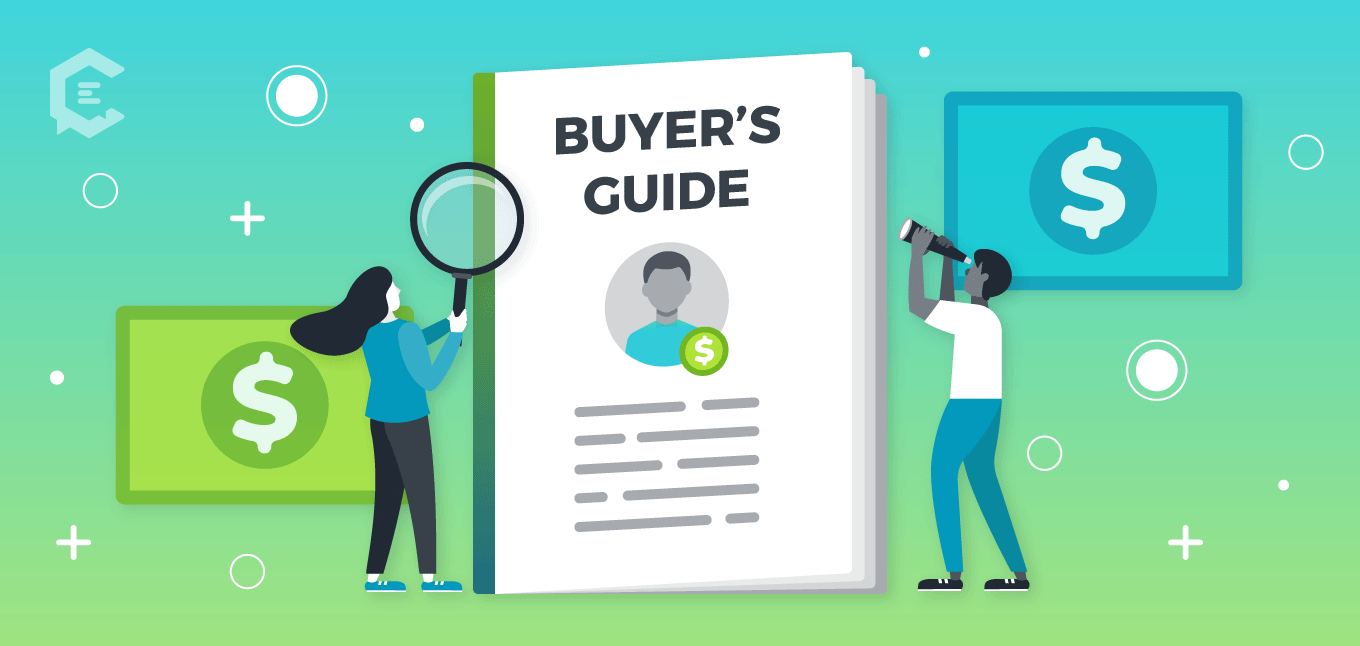
Heading 2: Buying the Right "Product Type": Here's the One and Only Buying Guide You'll Ever Need (Again, you should aim for something memorable.)
Approximately two thousand words (give or take a thousand) in length.
When it comes to search engine optimization, the buying guide should be prioritized over the reviews of person products.To begin, it's a fantastic method for increasing keyword density (by means of contextual use) without negatively impacting the user experience.
Second, the shopping guide can become your long tail goldmine.
Finally, the buying guide is where you can provide in-context links to the rest of your content.
Fourth, this is your opportunity to establish yourself as an industry leader and reduce visitor abandonment.
Do your best to highlight each feature's significance and award a winner in the buying guide. Types of headphones (in-ear, on-ear, over-ear), noise cancellation, battery life, water resistance, and so on are all examples of features that could apply to headphones.
Extra Advice: Use LSI keywords where they make sense; there's no need to stuff the same keyword into every sentence (you want to provide a good reader experience, after all).
Include citations or links to your sources for any claims you make.
Contextually employ long-tail keywords. The following methods can be used to locate long tails:
Ahrefs SEMrush
A Long-Tail Keyword Suggestion Tool Like UberSuggest.io
Suggestions for Related Searches
Keyword Suggestion Tool for Google AdWords
Keysearch (Marketplace Availability - No Connection)
Available on the Market without any sort of affiliation is QuestionForge.
Find the right information. Don't waste your time penning inanities that nobody cares to read. (If you'd like some advice on how to conduct research, see my other thread.)
General Questions and Answers:
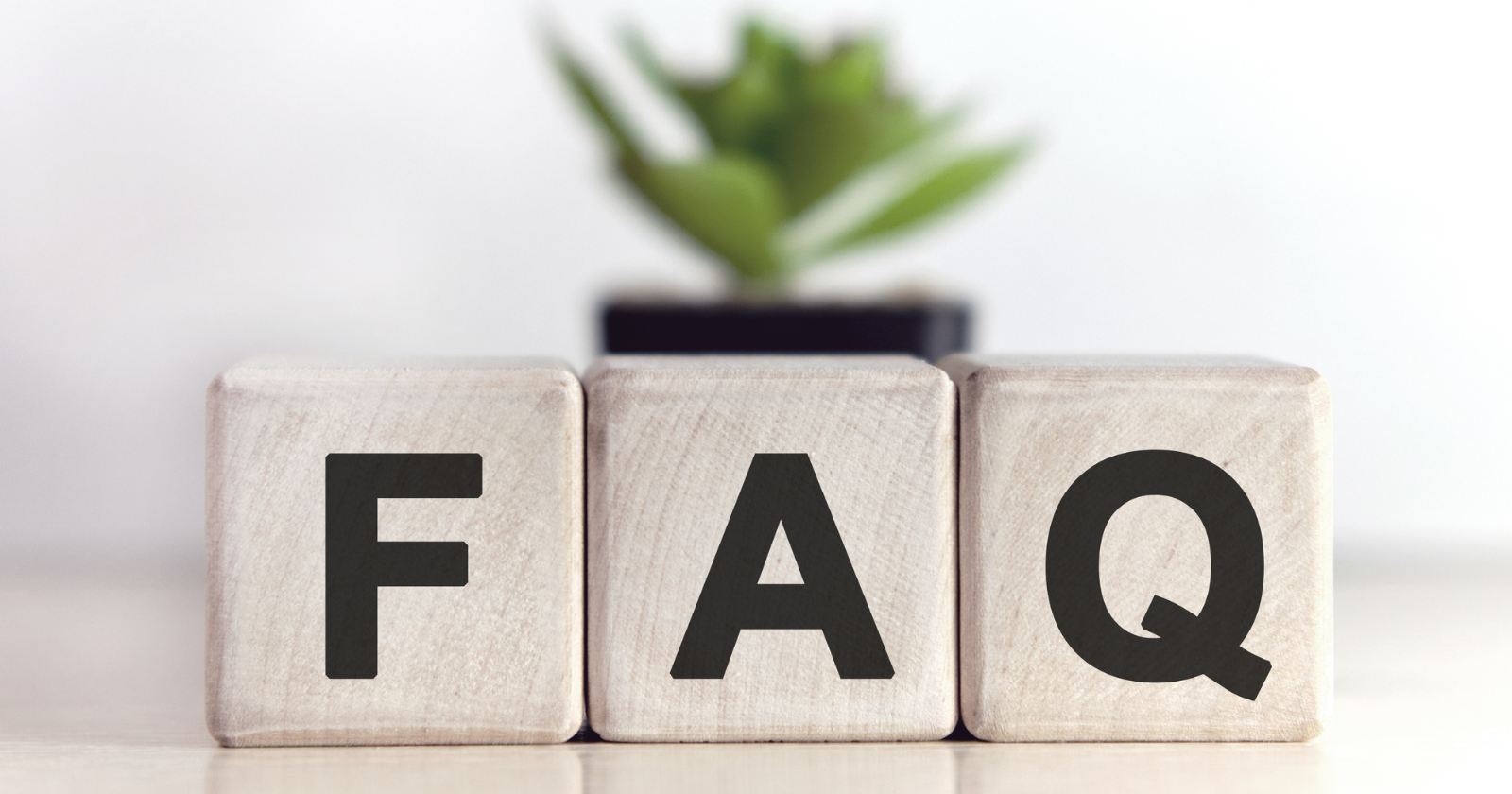
Variable between 300 and 500 words to account for the specifics of the product's niche and complexity.
Heading 2: Most Frequently Asked Questions Regarding the Ideal "Product Type/keyword"
Another great place to flaunt your knowledge and stuff your article with long tail keywords is the Frequently Asked Questions section. Good questions in your niche can be found by:Ask yourself questions about your long-tail keywords.
Just use Reddit or another forum and a keyword search.
Type your query into Quora and take note of the top results.
Use the question scraping feature on keywordtool.io.
Use the commercially available (but unrelated) QuestionForge.
Conclusion:
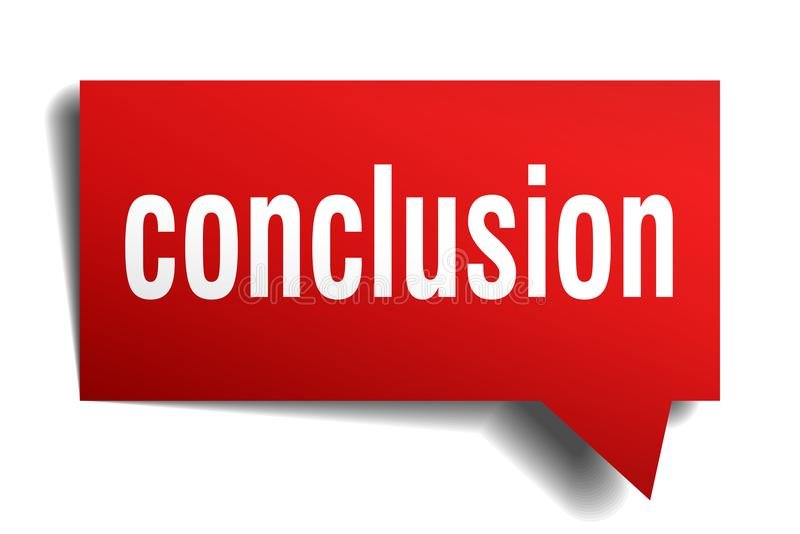
One hundred to two hundred words max
Heading 4: Choosing the Most Appropriate "Product Type/keyword"
Your outro should be just as well-thought-out as the rest of your piece because it will be the last thing your readers encounter.
Here's yet another spot where you can make use of your keyword in context.
In the final paragraph of your review, you should discuss the importance of the product category you just covered.
There's no need to crown a victor.
The Question of Commitment
Involve your readers by asking them a quick question at the end of the article.
Example:
What are your thoughts on wireless earbuds? Do you believe they should be required equipment for music lovers? Feel free to weigh in with your thoughts in the space provided.
Tips to Tie It All Together:

Humorous anecdotes are a foolproof method of engaging the reader and setting the appropriate mood.
Sentences should be kept between 25 and 30 words in length. Keep your paragraphs short, but not too short.
Talk the talk and use the technical terms of your niche to establish your authority.
Avoid using more complex words than necessary. You aren't writing this to impress anyone; you're writing this to help your readers make a decision.
Although many webmasters write articles in the first-person plural ("we"), I find that writing in the first-person singular ("I") demonstrates a deeper understanding of the reader's experience.
Don't force your keyword into every sentence. The constant use of the phrase "Best Product Type/keyword" irritates me. Doing so will drive away rather than bring in readers. You will find that I repeatedly use the term "contextually" throughout this tutorial. Copywriting is important because Google is always tweaking its algorithms and because user experience is a major ranking and conversion factor.
Please, for the love of God, think about the experience you're giving the reader. We are referring to an affiliate article here. A definition, please. This means that ranking and conversion are the primary concerns. Even if your site is at the top of the search engine results pages (SERPs), it won't do you much good if no one converts after visiting it; a high bounce rate will have a negative impact on your rankings. If you want to make a killing with your Amazon affiliate site, you should do everything in your power to break this cycle.
People tend to relate better to written content when they can put a name to it, so be sure to include an author box at the bottom of your buying guide.
A little formatting advice: ditch the sidebar. It's true what you've read. Put your widgets, including your email opt-in, below the main content. This is an Amazon affiliate article, not an AdSense one, so you don't want your readers to be diverted to other parts of your site while they're reading. The only thing you care about is that they read your content, find it entertaining, and use your links (which will install a cookie in their browser).
Don't forget to sprinkle images throughout the shopping manual. Pictures are worth a thousand words, and they do a great job of holding the attention of your readers. You can go one of four ways with pictures exels.com, Unsplash.com, and many other similar sites provide free stock photos for your use. Simply searching Google for "free royalty free images" will return many results.
exels.com, Unsplash.com, and many other similar sites provide free stock photos for your use. Simply searching Google for "free royalty free images" will return many results.
A membership to Shutterstock or a comparable service is available for purchase. (By far the most costly alternative). Another option is to purchase images from Shutterstock through one of the vendors.
You can either take the photos yourself or contract a professional photographer to do it.
To grab a picture from Shutter, use one of the free tools available.
Make sure that your images are distinguishable from others in Google's search results whichever route you take.
Formatting and typography must be done correctly. Though they fall more under the purview of design, you should still tailor them to your content, niche, and intended audience for the best results.
When I write about a product for one of my sites, I also include a link to a detailed review of that product.
Take note of my other thread for some helpful advice on capitalization.
Last Words
If you don't have hundreds of dollars to spend on content creation to get started, the above template and tips can be a good way to get started.
How do you typically lay out your retail bible? Have any questions about the aforementioned advice? Leave your questions in the comments, and I'll try to answer as many as I can given my level of expertise.
(That's the "engagement question" I was referring to up there.)
A common question I receive (please stop from overusing my Skype) is regarding the formatting of Amazon buying guides. While I typically tailor my approach to match the client's preferred style, I have a general template that I use when given creative freedom. This template emphasizes search engine optimization (SEO), the reader's experience, and conversion.
Title:

Some Creative, Catchy Headline H1 - 5 Best "Product Type/Keyword" for Your "Workplace/Garage/Garden/Kitchen/..."
Examples:
The Five Finest Audio Headsets Shotgun - Listen to Quality Music Without Breaking the Bank!
Gardeners' Top 5 Picks for Lawn Aerators How to Grow Grass in One Cutting!
Just to clarify, I came up with those examples on the spot. Guys, don't be so harsh on the quality. Those titles aren't being sent out to clients by any means.
PPS: I tried to avoid "exposing" anyone's niche by only using extremely popular products. For the record, I can say that I have never been contracted to write about any of the aforementioned items.
This structure seems to work best in terms of click-through rate (CTR) when writing an SEO title:
SITE Recommends These 5 "Product Type/Keyword" for Your "Workplace/Garage/Garden/Kitchen/..."
Introduction:

Word count: between 100 and 200
Contrary to popular belief, the introduction is just as important as the reviews and buying guide themselves. This is the first thing your readers will see, and because it summarizes the entire piece, it will determine whether they continue reading or leave your site immediately. Here's what you can make use of in this section:
Brief Narrative
A Staggering Reality
Simple Reality
Ingenious Opening Remarks
Then, you can explain the category of product you're recommending and why your client really needs it. Keep it short and sweet. Do not kill your readers with boredom.
In the introduction, you can reference other relevant, high-quality resources (called "outbound links" in the SEO industry). I touched on a few of them in my other thread. If you really need to and can't find any other, non-competitive source, you can link to Wikipedia, but it's not something I recommend.
Analytical Table

After the comparison table is where you should put the table of contents.
Analyzing Products:

Word count per item: approximately 200-600 words, depending on target market.
For the sake of the reader, this is the most important part, so give it your all. Use H3 to highlight product names and include Amazon links.Heading 3: Product #1, Best in Class
Heading 3: Product 2: Top Pick for X Specifics
H3: The Best Option for Yet Another Function
H3: Product #4, Supreme in Its Third Attribute
H3: Product #5: The Low-Cost Option
For a pair of headphones, I recommend (using products from TechRadar) the following.Sony's WH-1000XM3 are the best headphones, period.
Top Wireless Headphones: Beyerdynamic Amiron
The Grado SR60e Are the Ultimate On-Ear Monitors
Best Over-Ear Headphones: Audio-Technica ATH-SR5BT
Best Affordable In-Ear Headphones: RHA S500u
The product reviews that I write follow this structure:
Title of Item (H3) 1.
(2)An Amazon Product Image of the Item
3Minor Preamble:
You need to hook the reader before diving into the details of the product's specifications and features. Branding, the product's unique selling proposition, the problems it helps consumers solve, etc. can all be discussed here.
Example:
Making sounds is one thing, but making them listenable is another, and Sony is a master at this. Having doubts? Check out Sony's "PRODUCT NAME," the headphones that will revolutionize your musical experience without breaking the bank.
4.Specifications and Features Extracted:
Use a consistent format when outlining the product's features and specifications so that readers can easily evaluate each suggestion. Be sure to highlight the most compelling aspect of each product, be it a unique quality, low price, long lifespan, etc.
Keep in mind that the reader is in this position to do some deciding and picking and choosing. If you don't differentiate and set apart the products, how in the world is he or she supposed to do that?
Highlight the most important gain for the user with each feature. "Another cool thing about (PRODUCT NAME) that I really like is (FEATURE), which can be very useful in case..."
Try not to jump to conclusions. You can go with a definitive statement like "This is defo the best headphone," or you can show some bias by saying something like "I really dig the "PRODUCT NAME" because" or "if you're looking for a full-blown budget device that won't break the bank, this can be the best headphone for you."
5.Short Conclusion: Here is where you'll convince the reader to purchase the product (based on price, style, performance, the presence or absence of a certain feature they seek, etc.). Include a brief summary of the product's main benefits and an explanation of why its drawbacks aren't deal breakers.
Example:
Overall, the "PRODUCT NAME" is an affordable device that will last a lifetime with proper maintenance, so I would recommend it to anyone looking to quickly expand their collection of headphones. While the bass may not be the best available, you certainly are getting your money's worth for the asking price.
6.H4 - Pros
Please highlight the product's primary benefits.
7.H4 - Cons
To avoid coming off as pushy, it's a good idea to highlight the product's shortcomings, as mentioned above. As a rule of thumb, I look for ways to minimize the impact of any disadvantages I may encounter.
This product's price may seem high at first, but consider all the benefits you'll enjoy.
Usually, my ratio of pros to cons is 3:2 or 5:2.
Prior to introducing the products themselves, you can include an H2 headline titled "Best "Product Type" - Our Picks" or something similar.
8.CTA
Do not forget to put in a call-to-action that will take readers to the product page via your affiliate link. A simple "See What It Costs on Amazon.com" will do. Make sure you adhere to Amazon's policies on calls to action.
Advice Beyond the Call of Duty: Don't Stop at a Simple List of Features and Specifications. Give your writing a little more zest if you can. Put in some anecdotes, humor, idioms, etc. This is the most effective method for winning over the readers.
Avoid coming off as overly promotional, and remember to always list the negatives after listing the positives.
Pick items that have received four or more stars and a decent number of positive reviews on Amazon.
Include benefits and drawbacks that are unique to the product rather than generic ones. When searching for the "best CHEAP headphone," don't list "Affordable" as a benefit of each product.
Shopping Advice:

Heading 2: Buying the Right "Product Type": Here's the One and Only Buying Guide You'll Ever Need (Again, you should aim for something memorable.)
Approximately two thousand words (give or take a thousand) in length.
When it comes to search engine optimization, the buying guide should be prioritized over the reviews of person products.To begin, it's a fantastic method for increasing keyword density (by means of contextual use) without negatively impacting the user experience.
Second, the shopping guide can become your long tail goldmine.
Finally, the buying guide is where you can provide in-context links to the rest of your content.
Fourth, this is your opportunity to establish yourself as an industry leader and reduce visitor abandonment.
Do your best to highlight each feature's significance and award a winner in the buying guide. Types of headphones (in-ear, on-ear, over-ear), noise cancellation, battery life, water resistance, and so on are all examples of features that could apply to headphones.
Extra Advice: Use LSI keywords where they make sense; there's no need to stuff the same keyword into every sentence (you want to provide a good reader experience, after all).
Include citations or links to your sources for any claims you make.
Contextually employ long-tail keywords. The following methods can be used to locate long tails:
Ahrefs SEMrush
A Long-Tail Keyword Suggestion Tool Like UberSuggest.io
Suggestions for Related Searches
Keyword Suggestion Tool for Google AdWords
Keysearch (Marketplace Availability - No Connection)
Available on the Market without any sort of affiliation is QuestionForge.
Find the right information. Don't waste your time penning inanities that nobody cares to read. (If you'd like some advice on how to conduct research, see my other thread.)
General Questions and Answers:

Variable between 300 and 500 words to account for the specifics of the product's niche and complexity.
Heading 2: Most Frequently Asked Questions Regarding the Ideal "Product Type/keyword"
Another great place to flaunt your knowledge and stuff your article with long tail keywords is the Frequently Asked Questions section. Good questions in your niche can be found by:Ask yourself questions about your long-tail keywords.
Just use Reddit or another forum and a keyword search.
Type your query into Quora and take note of the top results.
Use the question scraping feature on keywordtool.io.
Use the commercially available (but unrelated) QuestionForge.
Conclusion:

One hundred to two hundred words max
Heading 4: Choosing the Most Appropriate "Product Type/keyword"
Your outro should be just as well-thought-out as the rest of your piece because it will be the last thing your readers encounter.
Here's yet another spot where you can make use of your keyword in context.
In the final paragraph of your review, you should discuss the importance of the product category you just covered.
There's no need to crown a victor.
The Question of Commitment
Involve your readers by asking them a quick question at the end of the article.
Example:
What are your thoughts on wireless earbuds? Do you believe they should be required equipment for music lovers? Feel free to weigh in with your thoughts in the space provided.
Tips to Tie It All Together:

Humorous anecdotes are a foolproof method of engaging the reader and setting the appropriate mood.
Sentences should be kept between 25 and 30 words in length. Keep your paragraphs short, but not too short.
Talk the talk and use the technical terms of your niche to establish your authority.
Avoid using more complex words than necessary. You aren't writing this to impress anyone; you're writing this to help your readers make a decision.
Although many webmasters write articles in the first-person plural ("we"), I find that writing in the first-person singular ("I") demonstrates a deeper understanding of the reader's experience.
Don't force your keyword into every sentence. The constant use of the phrase "Best Product Type/keyword" irritates me. Doing so will drive away rather than bring in readers. You will find that I repeatedly use the term "contextually" throughout this tutorial. Copywriting is important because Google is always tweaking its algorithms and because user experience is a major ranking and conversion factor.
Please, for the love of God, think about the experience you're giving the reader. We are referring to an affiliate article here. A definition, please. This means that ranking and conversion are the primary concerns. Even if your site is at the top of the search engine results pages (SERPs), it won't do you much good if no one converts after visiting it; a high bounce rate will have a negative impact on your rankings. If you want to make a killing with your Amazon affiliate site, you should do everything in your power to break this cycle.
People tend to relate better to written content when they can put a name to it, so be sure to include an author box at the bottom of your buying guide.
A little formatting advice: ditch the sidebar. It's true what you've read. Put your widgets, including your email opt-in, below the main content. This is an Amazon affiliate article, not an AdSense one, so you don't want your readers to be diverted to other parts of your site while they're reading. The only thing you care about is that they read your content, find it entertaining, and use your links (which will install a cookie in their browser).
Don't forget to sprinkle images throughout the shopping manual. Pictures are worth a thousand words, and they do a great job of holding the attention of your readers. You can go one of four ways with pictures
A membership to Shutterstock or a comparable service is available for purchase. (By far the most costly alternative). Another option is to purchase images from Shutterstock through one of the vendors.
You can either take the photos yourself or contract a professional photographer to do it.
To grab a picture from Shutter, use one of the free tools available.
Make sure that your images are distinguishable from others in Google's search results whichever route you take.
Formatting and typography must be done correctly. Though they fall more under the purview of design, you should still tailor them to your content, niche, and intended audience for the best results.
When I write about a product for one of my sites, I also include a link to a detailed review of that product.
Take note of my other thread for some helpful advice on capitalization.
Last Words
If you don't have hundreds of dollars to spend on content creation to get started, the above template and tips can be a good way to get started.
How do you typically lay out your retail bible? Have any questions about the aforementioned advice? Leave your questions in the comments, and I'll try to answer as many as I can given my level of expertise.
(That's the "engagement question" I was referring to up there.)
Attachments


